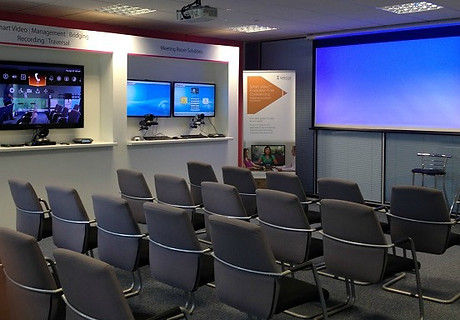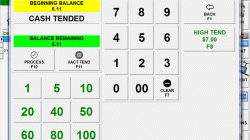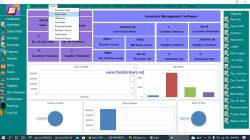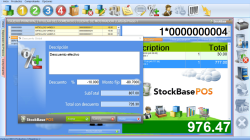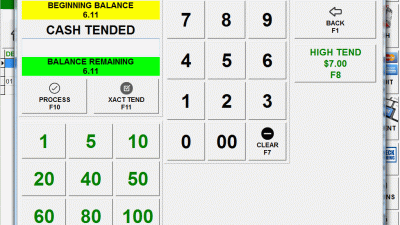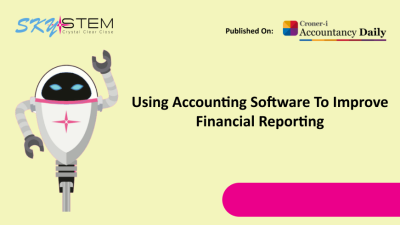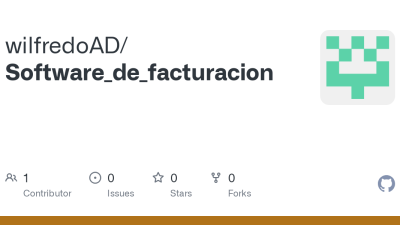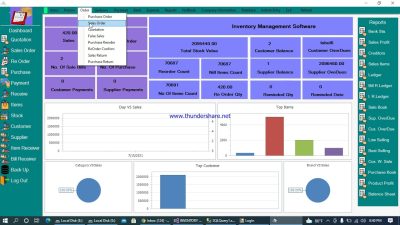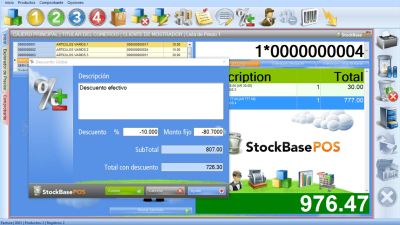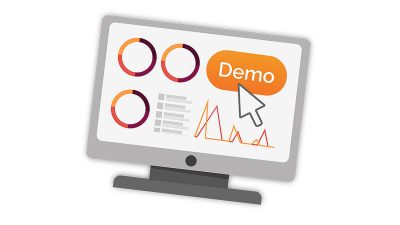
In today’s fast-paced digital world , software demos are essential tools for showcasing the capabilities and benefits of software products. Whether you’re a software vendor looking to attract new customers or a potential buyer evaluating varied options , understanding the ins and outs of software demos is crucial. This thorough guide will delve into what software demos are , their various types , the benefits they offer , and how to create effective ones.
What is a Software Demo ?
A software demo , short for demonstration , is a presentation or preview of a software product designed to showcase its attributes , functionality , and benefits. It’s a way for potential users to experience the software firsthand before making a purchase. Think of it as a test drive for software. Demos can take various forms , from live presentations to pre-recorded videos and interactive trials.
Types of Software Demos
There are several types of software demos , each serving a varied purpose and catering to various audiences:
- Live Demo: A live demo is presented in real-time , often by a sales representative or product expert. It allows for direct interaction with the audience , answering querys , and tailoring the presentation to their specific needs. This type of demo is highly engaging and personalized.
- Pre-recorded Demo: A pre-recorded demo is a video that showcases the software’s attributes and benefits. It’s a convenient option for reaching a wider audience and can be viewed at any time. Pre-recorded demos are often used for initial introductions and general overviews.
- Interactive Demo: An interactive demo allows users to explore the software on their own , with guided instructions and prompts. It offers a hands-on experience that can be highly effective in demonstrating the software’s usability and value. Interactive demos are great for engaging users and allowing them to discover the software’s capabilities at their own pace.
- Trial Version: A trial version is a fully functional version of the software that is available for a limited time. It allows users to experience all the attributes and benefits of the software before committing to a purchase. Trial versions are ideal for users who want to thoroughly evaluate the software before making a decision.
- Hybrid Demo: A hybrid demo combines elements of varied demo types. For example , a live demo might incorporate pre-recorded video clips or interactive elements. This approach allows for a more dynamic and engaging presentation.
Related Post : financial reporting sofware
benefits of Using Software Demos
Software demos offer numerous benefits for both vendors and potential customers:
- For Vendors:
- boostd Sales: Demos can significantly boost sales by showcasing the value and benefits of the software.
- Improved Customer Engagement: Demos offer an chance to engage with potential customers and build relationships.
- Reduced Sales Cycle: Demos can shorten the sales cycle by providing potential customers with the information they need to make a decision quickly.
- Valuable Feedback: Demos offer an chance to gather feedback from potential customers and improve the software.
- For Potential Customers:
- Hands-on Experience: Demos allow potential customers to experience the software firsthand before making a purchase.
- Informed Decision-Making: Demos offer potential customers with the information they need to make an informed decision.
- Reduced Risk: Demos reduce the risk of purchasing software that doesn’t meet their needs.
- Time Savings: Demos can save potential customers time by allowing them to quickly evaluate the software’s capabilities.
Creating an Effective Software Demo
Creating an effective software demo requires careful planning and execution. Here are some tips to help you create a demo that resonates with your audience:
- Understand Your Audience: Before creating a demo , take the time to understand your audience’s needs , pain points , and objectives. Tailor your demo to address their specific concerns.
- Define Your Objectives: What do you want to achieve with your demo ? Do you want to generate leads , close sales , or gather feedback ? Define your objectives and create a demo that aligns with them.
- Keep it Concise: Respect your audience’s time and keep your demo concise and focused. Highlight the most crucial attributes and benefits of the software.
- Focus on Value: Emphasize the value that your software offers. Show how it can solve your audience’s problems and improve their lives.
- Use Visuals: Use visuals to make your demo more engaging and informative. Use screenshots , videos , and animations to illustrate your points.
- Tell a Story: Tell a story that resonates with your audience. Show how your software can help them achieve their objectives.
- Practice , Practice , Practice: Practice your demo until you are comfortable and confident. This will help you deliver a smooth and engaging presentation.
- Get Feedback: After delivering your demo , ask for feedback from your audience. Use their feedback to improve your demo and make it even more effective.
Please offer the software demo title.
I need the title to generate the search terms.
In conclusion , software demos are invaluable tools for both vendors and potential customers. They offer a hands-on experience that can significantly influence purchasing decisions. By understanding the varied types of demos , their benefits , and how to create effective ones , you can leverage them to drive sales and customer satisfaction. So , take the time to craft compelling demos that showcase the true potential of your software. It’s an investment that pays off in the long run !
